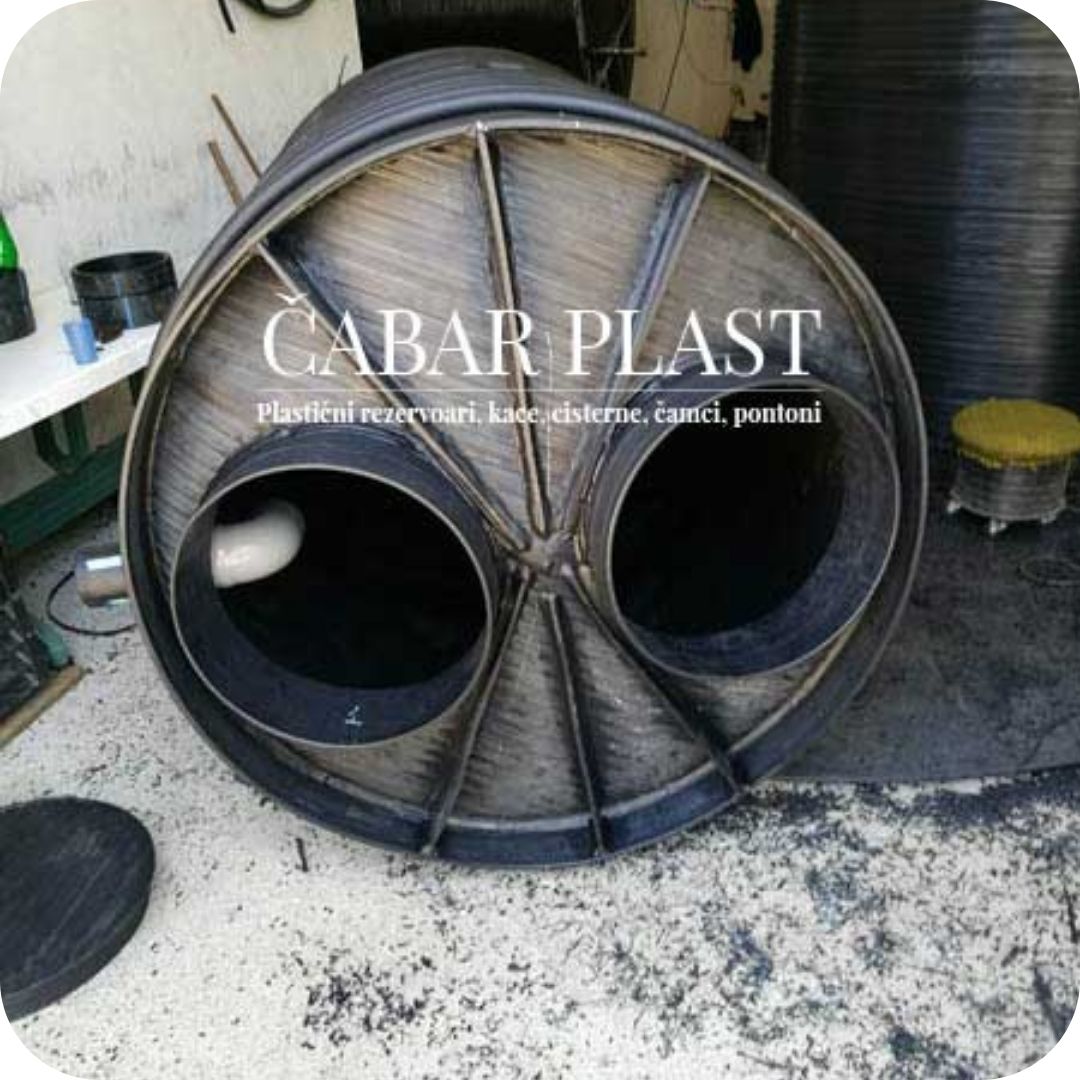Fat Separators
Fat separators are key elements in wastewater treatment systems, especially in facilities where food is processed and where large quantities of oils and fats are used. They are designed to efficiently separate fats and oils from other components of wastewater, thereby reducing the risk of clogging and damage to sewage systems.
Capacity and Design of Fat Separators
The capacity of fat separators should match the quantity and type of wastewater generated at a specific facility. This means that the size and design of the separators must be adapted to the specific needs of restaurants, hotels, the food industry, slaughterhouses, and similar establishments. The efficiency of separators directly depends on their ability to handle the maximum flow and concentration of fats in the wastewater.
Separation Process in Fat Separators
The separation process in fat separators encompasses several key steps. First, wastewater enters the separator where coarser particles settle at the bottom. Then, the water passes through a series of partitions or filters that further separate fats from the water. Fats, due to their lower density compared to water, float on the surface where they are retained until removed.
Maintenance of Fat Separators
Regular maintenance is crucial for maintaining the efficiency of fat separators. This includes visual inspection, cleaning accumulated fats and oils, and controlling the filters and partitions within the separator. Removed fats and oils should be disposed of in accordance with local waste regulations to avoid environmental pollution.
Installation of Fat Separators
When installing fat separators, it is important to ensure the proper location and distance from the source of wastewater. The optimal location allows for the reduction of wastewater temperature before entering the separator, which can improve separation efficiency. Also, easy access to the separator for maintenance and inspection should be ensured.
Fat separators are essential for effective wastewater management in facilities that intensively use oils and fats. With proper design, installation, and maintenance, these systems can significantly contribute to the protection of sewage infrastructure and the environment from the negative impacts of contaminated wastewater.




